There is more out there to whitewater than just rafting. Rafting is great but you can really improve your whitewater skills and even grow personally by pushing your limits in a new craft.
Plus, you will likely make some cool new friends by branching out. Here are 5 alternative crafts to try.

Kayaking
Kayaking is one of the fastest growing sports around, and for good reason. It’s super fun! Kayaking can seem intimidating at first but it doesn’t have to be that way. There are plenty of ways to get into a kayak without immediately going down raging rapids. Local pools are a great place to start. Most pools have a kayak night where you can go and just float around a pool with a bunch of friends. This will give you a good feel for the boat and build your confidence each time you go. These groups will also teach you how to roll a kayak in a safe environment. Dialing in your kayak roll will definitely boost your confidence.
Now it’s time to get out on a body of water. Remember to never go kayaking alone. Finding experienced friends to go with is not only safer, but also more fun. Starting on a lake or flat section of river is a good place to begin. You can now build some new skills like catching eddies, surfing, and peeling out. Riding down the current is a magical experience in a kayak. Sitting right in the water and feeling the rivers every move is a very intimate experience. After you go through your first class 2 wave train in a kayak you might be hooked!
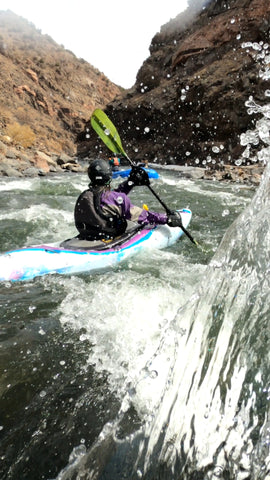
By this point you can probably start running some real rapids. Especially if you start on a section that you are already familiar with. Knowing the lines is one less thing to worry about when you are in a new craft. Remember to keep engaging your paddle in the water and it's pretty much always good to carry some speed. Oftentimes it's not the rapids themselves that will knock you over but the eddy lines below. Once you master those, you will be all set.
Another way to build skills quickly is to go to a play wave. This will quickly familiarize you with your edges and how a kayak works. You will also get turned over quite a bit until you figure it out, so it gives you plenty of opportunity to practice your roll. Once again, a play wave is also a great place to meet some new friends. Before you know it you will be cruising through class 4 stretches of river, playing all the way down!
SUP
AKA Stand-Up Paddle Boarding. You’ve probably seen plenty of people SUPing in your life if you've ever been around water. You might have even played around on one yourself. They are a great tool to cruise around a lake, chill in an eddy, or even do yoga on. But, you can totally run whitewater on a SUP as well! In the past few years whitewater SUPing has become a thing. New rockered board designs make it easier to go through wave trains. Some Hala SUP boards even have retractable fins so they don’t get smashed on rocks. Here at River Station Gear we also have designed a super safe SUP quick release belt, which is quite a bit safer than other leash attachment methods.
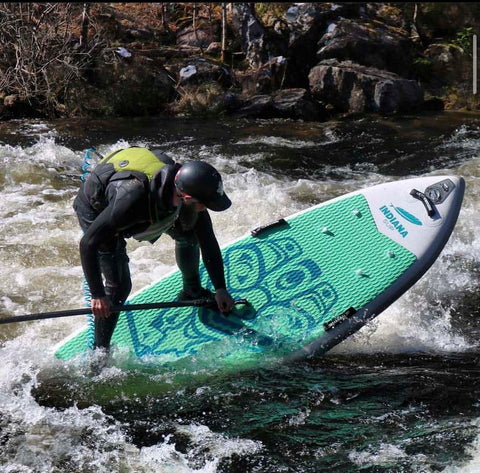
Making the jump to whitewater can be scary. But like mentioned in the kayak section above, it doesn’t have to be. You can work your way up! Start on a flat section of river where you can feel out the current and maybe get in a few small ripples. Once you are comfortable it is probably a good idea to at least try a class 2 section. Paddle boards are a little slower to maneuver than a kayak, so maybe try a section with clear channels first. On the approach to your first rapid, if you are feeling confident, try to stand up as long as you can. If it gets too chaotic you can always get down on your knees or even lie prone to give you more stability. If you take a swim, just grab your paddle board and hang on until you can get back up there! Once you get into the class 3 to 4 range, you will likely be taking some swims or getting down on your knees a lot. The sky's the limit though, as many people are now running fairly tall waterfalls on SUP boards. Check out the link here for a good story on running SUP’s over waterfalls.
WW Canoe
AKA C1. Sure you’ve seen a canoe out on a lake, but they are actually pretty great for running whitewater as well. By now you should see a pattern in this article. Start small, and work your way up into running whitewater. WW Canoes are a good hybrid between kayaking and SUP. You’ll be sitting on your knees in a taller craft, so reading the water is a bit easier than a kayak. Canoes are a little more stable also. With that being said they are definitely less maneuverable. So make sure that you set up your line early and are actively working to make moves.
Other things to factor in a WW canoe is that you will need some air bags and possibly a pump. With an open canoe, it's obviously going to be prone to filling up with water. Air bags fill the front and back of the canoe keeping most of the water out. But even on a mild section, splashes will still enter your boat. So you need to either stop occasionally to empty out the water or get a pump rigged in your canoe to do the work for you.
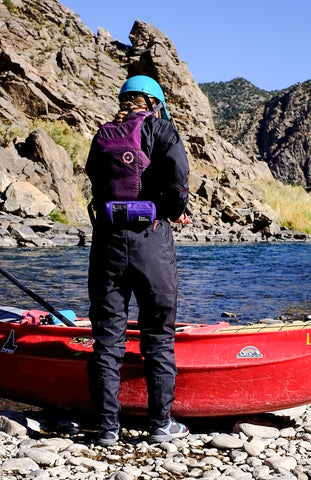
Once you get the feel of canoeing there is no doubt you'll be loving every second of it. They slice through waves like butter and flow so well with the water. One of the main skills to practice while canoeing is how to paddle. C1 paddles are similar to a SUP paddle where you will be only paddling on one side of the boat at a time. Learning to J-Stroke and backstroke are essential when learning to WW canoe. Once you master those, you will be crushing class 3-4 whitewater in no time!
Pack Rafting
Pack rafting is a quickly growing trend, and for good reason. It’s super fun also! Pack rafting is kind of a mix between kayaking, backpacking and whitewater rafting. Pack rafts can be run on all sorts of water, from lakes to waterfalls. The big benefit of pack rafting is that you can store more personal belongings than a kayak can. So if you love the mobility of kayaking, but need to bring camping supplies for a back country excursion, then pack rafting might just be for you.
Spray skirts are a thing! Pack rafts also utilize spray skirts to keep water out like a kayak. They can even be rolled like a kayak if you flip over, although it takes a bit more practice. Once you are comfortable in a packraft there is nothing to stop you from taking on the whitewater world. A huge benefit of packrafting is the fact that they are so light and portable. You can now basically go on a remote backpacking trip, but on a river. I mean what is better than that! The tubes of a packraft are hollow and can be filled with all of your favorite camping gear, throw bags, food, and even beverages. There is no doubt that packrafts have opened up new terrain that wasn’t easily accessible before. If you're getting bored of your current craft, this is definitely a fun one to try!
Surfing
When you think of surfing, you're probably thinking California, sandy beaches, and tropical trees. But surfing at whitewater parks is definitely a thing. There are man made play waves in towns all over the USA. There are even tons of natural standing waves that can be found out on your favorite stretch of river. While you don’t typically run downstream on a surfboard, they can technically still be called a whitewater craft.

A few things to keep in mind while surfing in Colorado. First, the water is not 80 degrees, it's more like 40 degrees. Be prepared for colder situations by bringing the correct gear. A wet suit is probably your best bet. The neoprene will keep your body warm even as you are getting wet. A dry suit could also do the trick but would be bulky and constricting, which could possibly hinder your flexibility for shredding the waves. Also make SURE you have a PFD! The river is a very powerful force and under no circumstances should you enter the river without a PFD.
Once you have the right gear and have found a sick wave, it's time to try to surf that baby! Starting with a larger, inflatable board will give you the best chances at standing up and surfing on your feet quickly. But don’t worry if you can’t stand up right away, it takes practice. You can definitely start by just lying down on the board and surfing while prone. Next you can try to get to your knees and move around a bit more. Once you've mastered that you will have to fully commit and try to stand up. You will likely fall a lot in the beginning, but like with everything, you will get better the more you try. The last step is getting onto a hard board and making some sweet carves. It will definitely take a lot of practice to get to this point but it will be SO worth it when you are shredding like a pro.
Conclusion
You may feel like you have mastered the river but there is always more to learn. There is a lot of experience to be gained from trying new crafts. Not only will you gather new river skills but you'll likely make some new friends along the way. Get out of your comfort zone, and enjoy the river! See ya next time.
By: Jason Caligaris Jr.


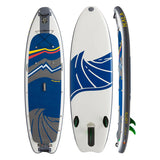
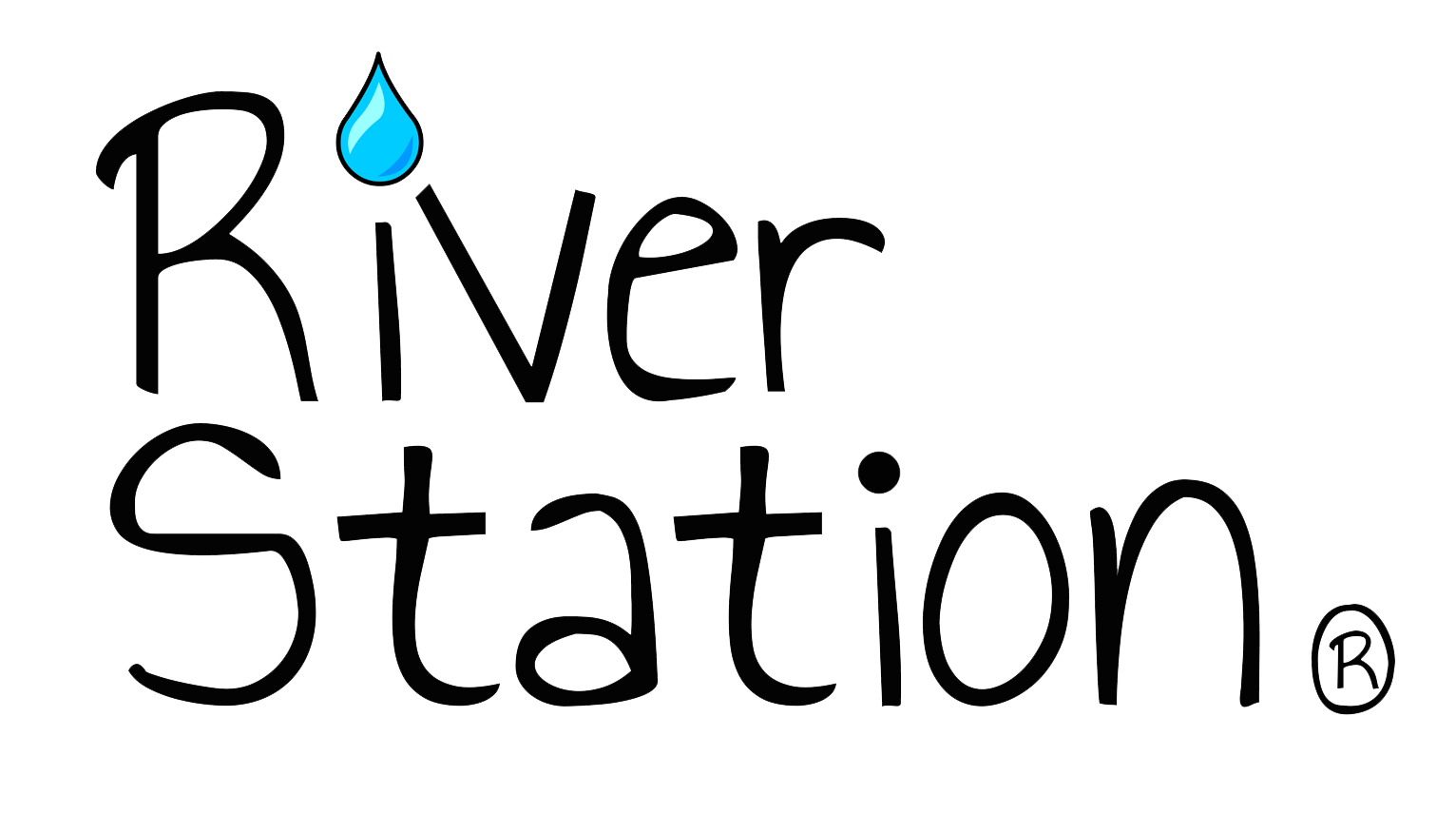
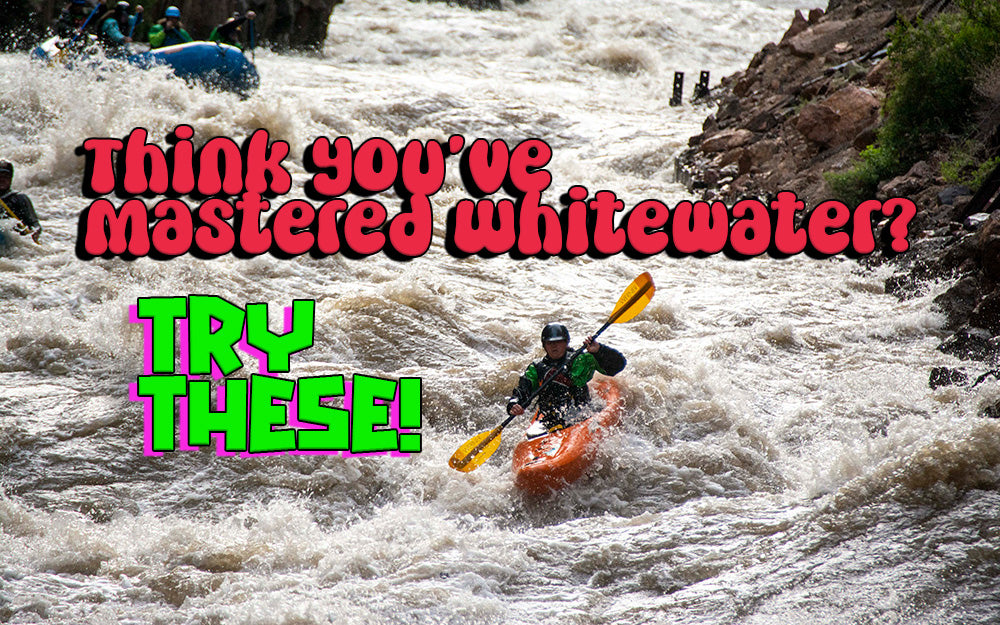
Share:
Best Rivers to SUP in Colorado.
Beginners Guide to the Multi-Day Trip